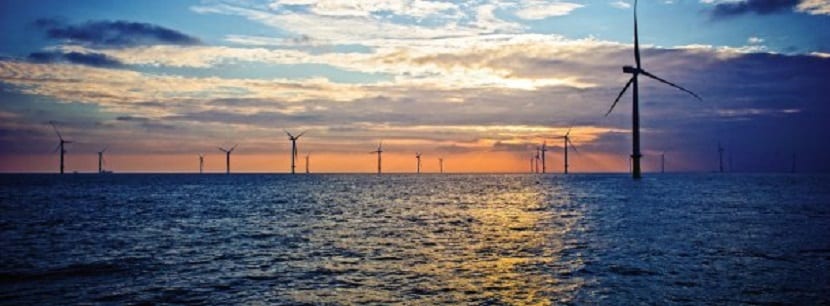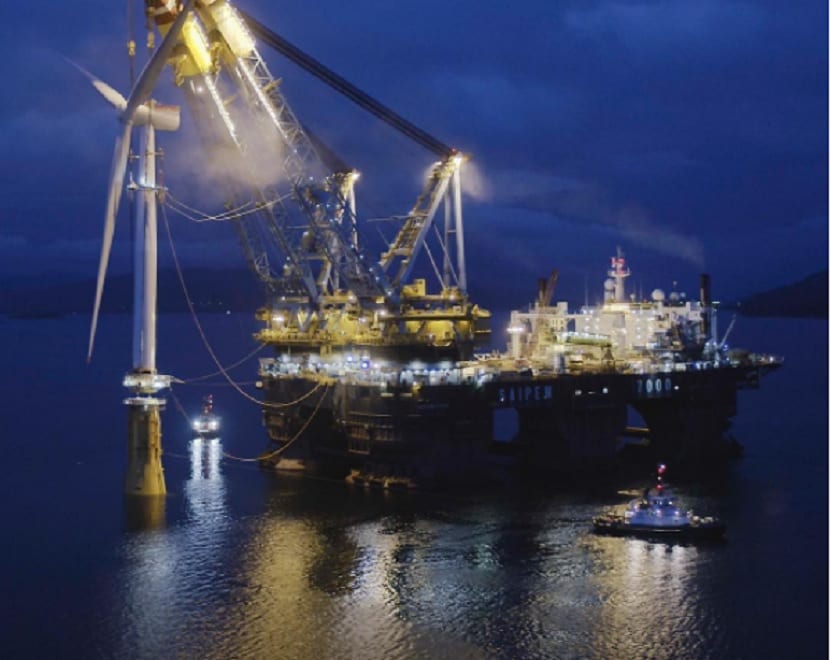
Every time we have closer and more possibilities to replace fossil energies with renewable ones. This is demonstrated by the countries of northern Europe, and not to raise the oil rigs as they started in the 70s, but to take full advantage of the energy potential of the wind.
This is the case with Hywind Scotland, the world's first floating offshore wind farm, built by the Norwegian public oil company Statoil in collaboration with the firm of renewable energy from the United Arab Emirates Masdar. Which, a few days ago, began operating in the waters of the North Sea, in Buchan Deep, 25 kilometers from the Scottish city of Peterhead.
Floating wind farm
The problem with offshore wind energy is challenging the depth of the sea. According to operator Statoil, up to 80% of potential windy offshore locations are in waters deeper than 60 meters. The fixed turbines that populate the conventional offshore wind farms They are only optimal for a depth no greater than 50 meters, but for a floating wind farm, these structures facilitate the capture of energy in environments with depth of more than 500 meters. The five turbines installed in the first project with the Hywind seal are 253 meters high, of which 78 are below the surface.
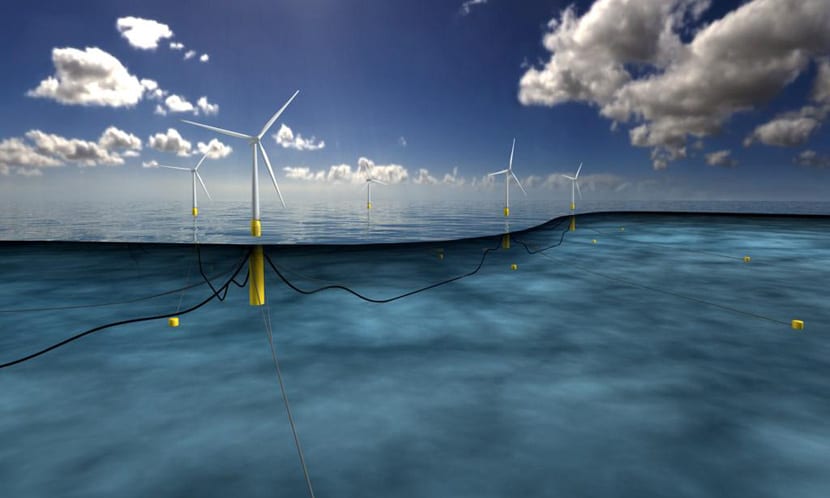
According to several Statoil officials, “The construction and development of the project, which began fifteen years ago, has been done completely as planned. The concept of Hywind Scotland It is based on the demonstration of a pilot floating turbine that we installed in 2009 on the outskirts of Karmøy in western Norway. We have used the experience of that project, transforming the scale of the initial turbine from 2,3 megawatts to 6 MW, which has affected the total size ”.
Project
El project in itself, it has exceeded 230 million euros, covers an area of 15 square kilometers. To get an idea of the towers dimensionIt is enough to know that inside the gondolas, the component responsible for supporting the turbine machinery and rotating to follow the direction of the wind, fit two buses double decker Londoners, and that the rotor blades, the typical pointed turbine arms, 75 meters long and 25 tons in weight, have almost the wingspan of an Airbus 380.
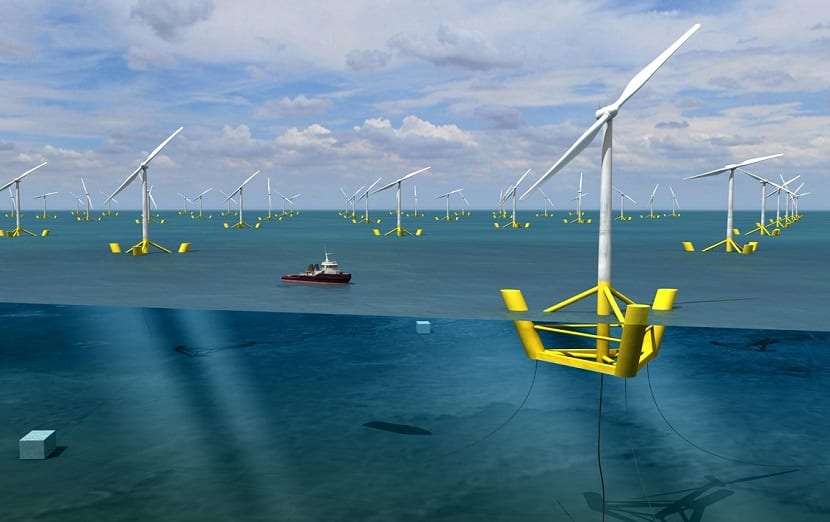
The biggest construction challenge has been to put together the wind turbines, each weighing 12.000 tons. For the assembly of the five wind turbines, carried out in Norway this summer, it was necessary to resort to one of the cranes largest marinas in the world, Saipem 7000, commissioned to tow them to their final destination on the Peterhead coast.
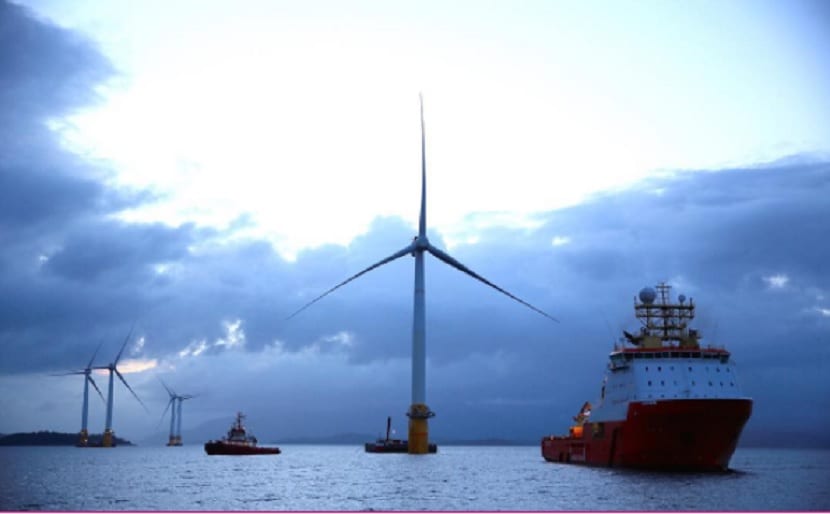
Due to its monumental dimension, anchoring has been the other challenge. To anchor the towers, about fifteen suction anchors were used (three for each turbine), 16 meters long and weighing 300 tons, connected to the wind turbines with mooring chains 2.400 meters long and 1.200 tons in weight.

This floating wind farm has a capacity of 300 MW, which will supply energy to 20.000 homes.
Future goals
The objective of the installation operators, who plan to reach 500 or 1000 MW in future projects, is to make wind energy cost-competitive. “In 2030 we would like the energy costs of the Hywind floating wind farm to be reduced to 40-60 euros / megawatt hour. Floating offshore wind power is expected to perform an important role in the growth of the wind at sea in the future ”, declared in a press release Irene Rummelhoff, executive vice president of the commercial area of New Energy Solutions at Statoil, a firm that participates in 50% of the Arkona offshore wind farm in Germany, which will start operating in 2019, and in 40% of the future construction of the 162MW Apodi solar installation in Brazil.
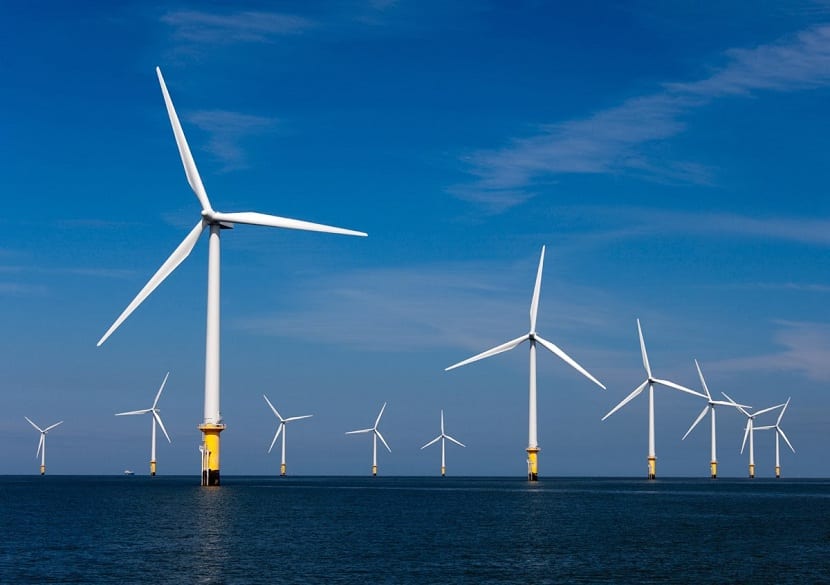
Scottish Energy Minister Nicola Sturgeon celebrates with the government the inauguration of the new floating wind farm, which will allow them to “take the lead in the world race to develop the next generation of offshore wind technologies ”.
Opposition
Although, Hywind Scotland has found the opposition of the environmental collective Bird Charity RSPB Scotland, against the implementation of commercial-scale wind farms in the eastern waters of Scotland that threaten, according to this organization, areas of protection for the life of various species of seabirds.
